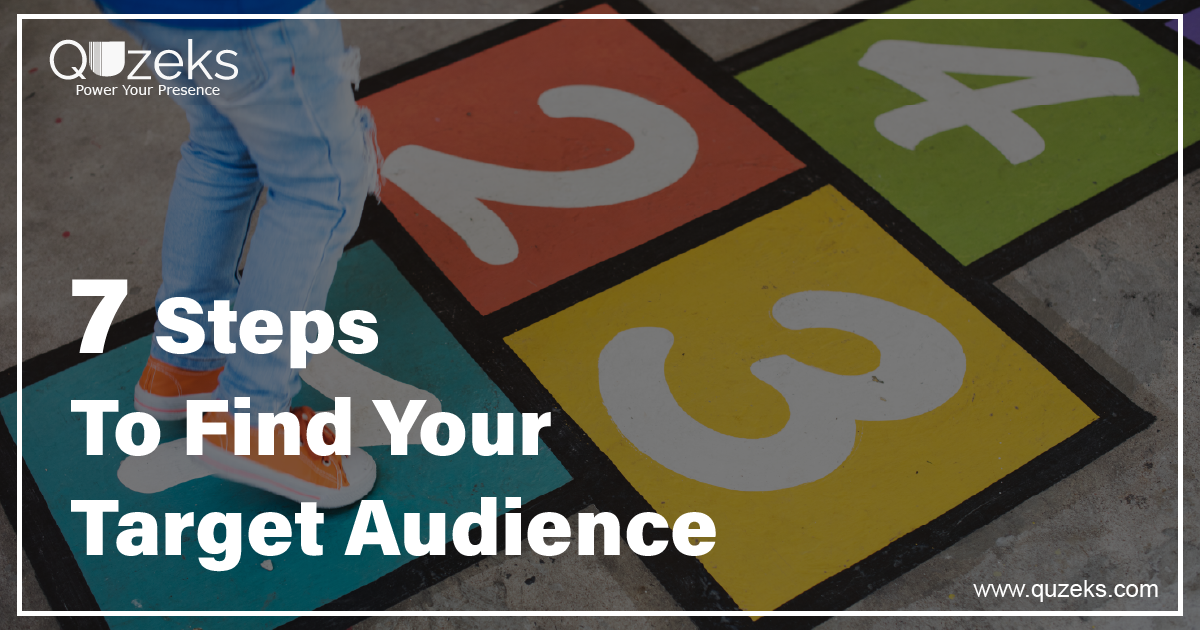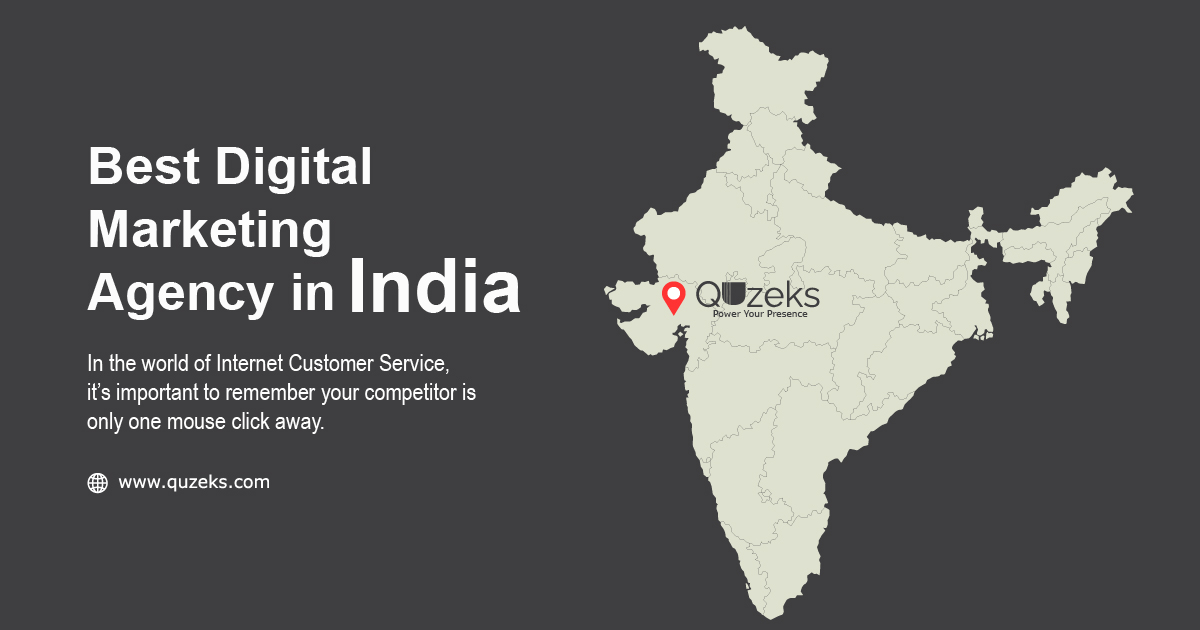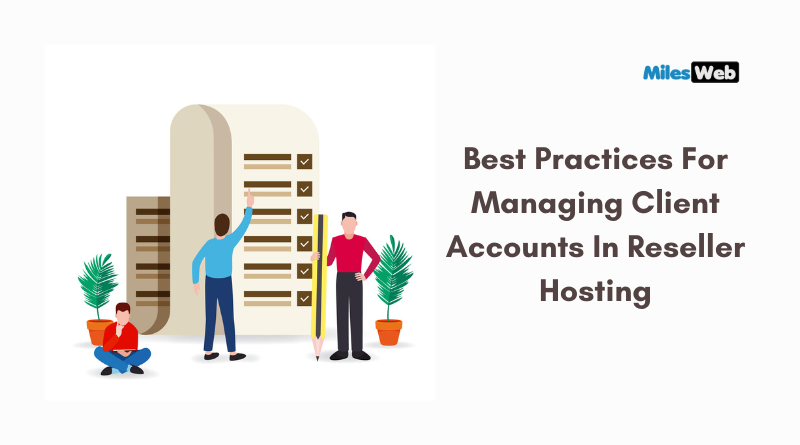Finding your target audience is one of the most crucial steps in building a successful business or marketing strategy. Understanding who your ideal customers are, their preferences, and how they engage with your brand ensures your efforts are focused, effective, and yield the best results. If you’re ready to define and connect with your ideal target audience, follow these seven essential steps.
Types of Target Audiences
Target audiences vary widely depending on your business type, industry, and offerings. Recognizing the diversity within your target audience is crucial for developing impactful marketing strategies. Here are a few typical target audience categories:
Demographics
Demographic data includes measurable characteristics such as age, gender, income, education, occupation, and marital status. This information provides a foundational understanding of your audience and allows you to design targeted campaigns that resonate with specific groups.
Psychographics
Psychographics delve into your audience’s psychological and emotional traits, such as their values, attitudes, lifestyles, and motivations. These insights help create personalized, emotionally engaging campaigns that connect with your audience on a deeper level, aligning with their beliefs and lifestyle choices.
Habits & Behaviors
Gaining knowledge about the habits and behaviours of an audience can help you better understand their choices, actions, and thought processes. This includes purchasing intent, brand interactions, media consumption, and product usage patterns. By understanding these behaviors, businesses can fine-tune campaigns and develop tailored offerings that align with their audience’s preferences.
Interests
Interests highlight the topics, hobbies, and passions that capture your audience’s attention. Knowing what excites and engages them informs your content creation and product development strategies. You can foster deeper connections, drive engagement, and build loyalty by aligning your offerings with their interests.
Geographics
Geographics focus on the locations of your audience, such as countries, regions, cities, or even neighbourhoods. This information reveals regional preferences, behaviors, and needs. Businesses can use geographic data to target their audience effectively at local, regional, or global levels, ensuring their campaigns are relevant and impactful across diverse markets.
Finding Your Target Audience in 7 Steps
1. Understand Your Product or Service
Before identifying your target audience, you must deeply understand your offering. Analyze your product or service by asking the following questions:
-
- What problem does it solve?
-
- What are its unique features or benefits?
-
- Who would find it most useful or appealing?
For example, if you sell eco-friendly cleaning products, your target audience might include environmentally conscious individuals or families looking for safe cleaning solutions.
By fully understanding your offerings, you can align your marketing strategy with the needs of your potential customers.
2. Analyze Your Existing Customer Base
Your current customers are a goldmine of information. Study them to identify patterns and common traits that can help define your target audience. Look for details such as:
-
- Demographics: Age, gender, income, education, and location.
-
- Psychographics: Interests, values, and lifestyle preferences.
-
- Buying behaviors: Purchase frequency, average spend, and product preferences.
Tools like Google Analytics, customer surveys, and CRM data can help you effectively gather and analyze this information.
3. Research Your Competitors
Competitor analysis provides insights into who your industry peers are targeting and how. Start by:
-
- Using case studies, reviews, and social media interaction to determine their target audience.
-
- Evaluating their messaging and content to understand what resonates with their customers.
-
- Looking for gaps they may have missed in their targeting strategy.
This research can help you refine your approach and even uncover underserved segments of your target audience.
4. Create Detailed Buyer Personas
Buyer personas are made-up depictions of your ideal clients based on facts. By creating these personalities, you can make your target audience more relatable and adjust your marketing strategies accordingly. Include the following details:
-
- Name and age group
-
- Profession and income level
-
- Hobbies and interests
-
- Pain points and challenges
-
- Preferred communication channels
For instance, if you’re targeting busy professionals, your persona might look like this:
-
- Name: Sarah, Age: 35
-
- Profession: Marketing Manager
-
- Interests: Fitness, travel, and personal development
-
- Challenges: Limited time for non-essential tasks
-
- Preferred channel: Email and LinkedIn
A clear persona ensures your messaging speaks directly to your audience’s needs and preferences.
5. Utilize Social Media Insights
Social networking sites provide a multitude of information on your target audience. Tools like Facebook Audience Insights, Instagram Analytics, and LinkedIn’s Audience Analytics provide detailed information about:
-
- Follower demographics
-
- Content engagement trends
-
- Interests and behaviours
Analyze these metrics to identify the types of content your target audience engages with most and the platforms they prefer. This ensures you’re investing your resources in the right channels.
Read More: The Impact of Social Media Algorithms on Digital Marketing
6. Segment Your Audience
Once you have a clear picture of your target audience, divide them into smaller, more manageable segments. By using segmentation, you may develop marketing efforts specific to each group. The following are typical methods for audience segmentation:
-
- Geographic location
-
- Age and gender
-
- Interests and hobbies
-
- Purchasing behavior
For example, an online clothing store might segment its audience into young professionals, fitness enthusiasts, and parents. Personalized offers and messages would be sent to each section according to their unique requirements.
7. Test and Refine Your Strategy
Identifying your target audience is an ongoing process. As markets evolve and customer preferences shift, your strategy should adapt. Use A/B testing and analytics to:
-
- Experiment with different messaging and offers.
-
- Measure engagement, conversion rates, and ROI.
-
- Get client feedback to comprehend how their wants are evolving.
For instance, you might run two email campaigns with slightly different headlines and track which performs better. Frequent testing guarantees that your strategy stays effective and applicable to your audience.
Why Finding Your Target Audience Matters
A strong and successful marketing strategy begins with a deep understanding of your target audience. It helps you:
-
- Craft messages that resonate with your audience.
-
- Allocate resources efficiently by focusing on high-potential prospects.
-
- Develop closer ties with your customers by attending to their specific demands.
Knowing your audience allows you to stand out in a crowded marketplace and achieve long-term success, whether small or large businesses.
1. Competitive Advantage
Understanding your target audience provides a competitive advantage by meeting their specific wants and preferences. This differentiation builds brand loyalty and positions you ahead of competitors, creating a sustainable advantage in the market.
2. Increased ROI
Targeting specific demographics and behaviours reduces wasted efforts and increases marketing efficiency. A focused strategy boosts conversions, lowers costs, and maximizes ROI, ensuring smarter investments with tangible results.
3. Improved Customer Engagement
Customizing communication and experiences fosters meaningful interactions with your audience. This personalized approach drives engagement, builds loyalty, and encourages repeat business while generating positive referrals that amplify your brand’s reach.
4. More Effective Marketing
Knowing your audience enables tailored campaigns that resonate deeply. Understanding their preferences and pain points ensures your messaging is impactful, driving higher engagement, conversions, and overall marketing success.
5. Adaptability to Market Changes
Staying attuned to audience preferences allows you to adapt swiftly to market shifts. This agility helps you embrace new trends, seize opportunities, and maintain relevance, ensuring long-term growth in a dynamic business environment.
Conclusion
Finding your target audience doesn’t happen overnight, but following these seven steps, you can comprehensively understand who they are and how to connect with them. Start by understanding your product, analyzing your existing customers, and leveraging tools like social media analytics and buyer personas. Regularly test and refine your strategy to keep up with changing trends and preferences.
Knowing your target audience makes your marketing efforts more focused, impactful, and profitable. Take the time to define your audience, and you’ll be well on your way to achieving your business goals. Collaborating with a digital marketing company in Rajkot for expert support can enhance your efforts and ensure success.
Reference:
HubSpot. (n.d.). How to Define Your Target Market and Target Audience in 2024. Retrieved from https://blog.hubspot.com/marketing/target-market
To find your target audience, analyze your existing customers, conduct market research, evaluate competitors, use social media insights, and create detailed buyer personas. Understanding their demographics, interests, and online behavior will help refine your marketing strategies.
The five key steps to identifying your target audience are:
- Analyze Your Current Customers – Understand who already buys from you.
- Conduct Market Research – Identify industry trends and competitor strategies.
- Segment Your Audience – Divide them based on demographics, interests, and behaviors.
- Use Data and Analytics – Leverage tools like Google Analytics and social media insights.
- Test and Optimize – Adjust marketing strategies based on audience response.
To identify your target audience, ask yourself:
- Who are my existing customers?
- What problems does my product or service solve?
- Where does my audience spend their time online?
- What demographics (age, gender, location, income) define my audience?
- How does my audience make purchasing decisions?
- What type of content does my audience engage with most?
To select a target audience, define your ideal customers based on age, location, interests, income, and behavior. Research market trends, analyze competitors, and test different audience segments to see which responds best to your marketing efforts.
You can understand your audience by collecting and analyzing data from customer feedback, social media insights, website analytics, and surveys. Monitoring engagement patterns and tracking purchasing behavior will help refine your marketing approach.




